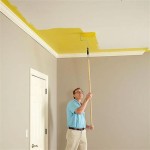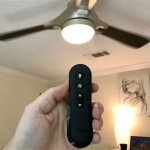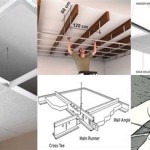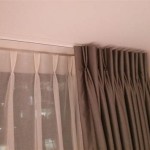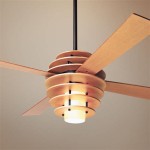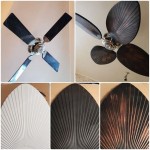Materials Needed for a Drop Ceiling
A drop ceiling, also known as a suspended ceiling, is a popular choice for numerous reasons. It provides a clean, contemporary look, offers excellent concealment for wires and pipes, and allows for easy access to utilities. If you are considering installing a drop ceiling in your home or building, understanding the necessary materials is crucial for a successful project. This article will delve into the essential components required, providing insights into their specific roles and considerations for selection.
1. Ceiling Grid System
The foundation of a drop ceiling lies in the grid system. This network of metal or aluminum tracks creates a framework that supports the ceiling panels. The grid system comprises two main components:
- Main Tees: These long, horizontal pieces run across the ceiling and provide the primary support structure. They are typically spaced 2 feet apart.
- Cross Tees: These shorter, perpendicular pieces connect to the main tees, creating a grid pattern. They are usually spaced 2 feet apart as well.
The type of grid system chosen will depend on the specific ceiling panel material and the desired appearance. Some common grid types include:
- Standard Grid: This is the most basic type and is suitable for various panel types.
- Concealed Grid: This type conceals the grid behind the panels, creating a seamless look.
- Exposed Grid: This type leaves the grid visible and can be used to create a modern or industrial aesthetic.
When selecting a grid system, consider the load-bearing capacity, the overall weight of the panels, and the desired design style.
2. Ceiling Panels
The ceiling panels are the most visible component of a drop ceiling, and they come in a wide array of materials, finishes, and designs to complement various architectural styles and aesthetics.
Common ceiling panel materials include:
- Mineral Fiber: This widely used material is cost-effective, fire-resistant, and offers good acoustic properties.
- Fiberglass: Fiberglass panels are lightweight, durable, and easy to install. They also offer good sound absorption.
- Metal: Metal panels, usually made of aluminum or steel, provide a sleek, modern appearance. They are also resistant to moisture and stains.
- Wood: For an elegant and natural look, wood panels can be used. They are typically made from real wood or wood veneers.
When choosing ceiling panels, consider factors such as:
- Fire Resistance: Ensure the panels meet the fire code requirements of your building.
- Acoustic Properties: If sound absorption is a priority, select panels with appropriate sound ratings.
- Water Resistance: In areas prone to moisture, select panels that are water-resistant or moisture-proof.
- Aesthetics: Choose panels that complement the overall design and style of your space.
3. Installation Hardware
The installation hardware plays a crucial role in securing the drop ceiling to the existing structure. This includes various components such as:
- Hangers: These are used to suspend the grid system from the ceiling joists. They can be adjustable or fixed, depending on the ceiling height.
- Clips: Clips are used to connect the main and cross tees together, forming the grid system.
- Fasteners: Screw-type fasteners are used to secure the hangers to the ceiling joists and the panels to the grid system.
- Trim: Trim pieces are used to cover the edges of the drop ceiling, providing a neat and finished look. They can be made from various materials, such as metal or wood, to match the ceiling panels.
The installation process will involve cutting and assembling the grid system, installing the panels, and securing the hardware. It is crucial to follow the manufacturer's instructions carefully for a secure and durable installation.
In addition to these core components, other materials may be required depending on specific project needs. These may include lighting fixtures, ventilation grilles, fire sprinkler heads, or other accessories. Carefully consider the intended purpose of the drop ceiling and select the necessary materials accordingly.

How To Install A Drop Ceiling 14 Steps With Pictures Wikihow

What Are Ceiling Tiles Made Of Suspended Materials

Method Statement For Suspended Ceiling Installation

How To Install A Drop Ceiling 14 Steps With Pictures Wikihow

Drop Ceiling Materials

How To Install A Drop Ceiling 14 Steps With Pictures Wikihow

Method Statement For Suspended Ceiling Installation

Materials Used For False Ceiling Industrial Suspender Clip Wire Hanger

How To Install A Drop Ceiling 14 Steps With Pictures Wikihow

Drop Ceiling Vancity Drywall
Related Posts

